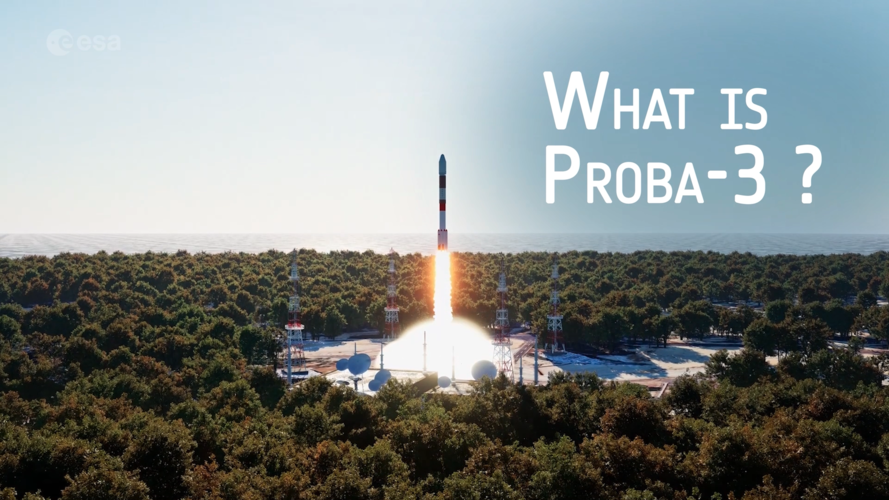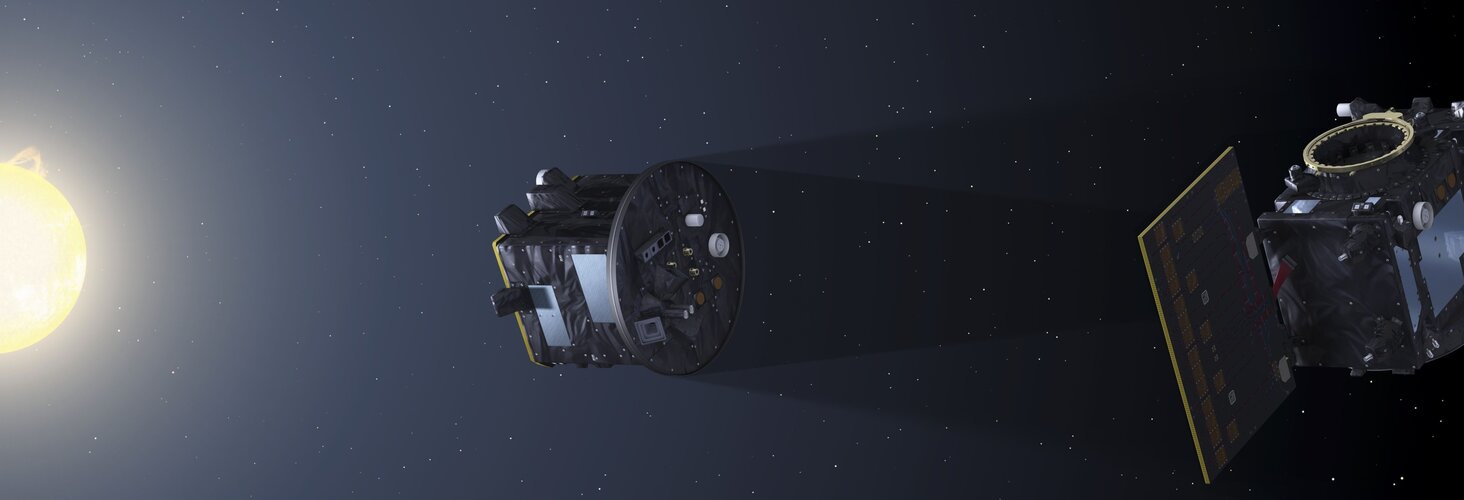Three Ways to Track Venusquakes, from Balloons to Satellites
Wednesday, 04 December 2024 01:24 Instruments aboard robotic landers have measured seismicity on the Moon and Mars, helping researchers learn about the inner workings of those celestial bodies. But the internal makeup of Venus is still not known, in part because high winds and blistering temperatures make it significantly more difficult to detect quakes on the second planet from the Sun.
Three approaches to studying quakes
Instruments aboard robotic landers have measured seismicity on the Moon and Mars, helping researchers learn about the inner workings of those celestial bodies. But the internal makeup of Venus is still not known, in part because high winds and blistering temperatures make it significantly more difficult to detect quakes on the second planet from the Sun.
Three approaches to studying quakes European companies to offer microgravity payload missions
Tuesday, 03 December 2024 22:24

U.S. Navy awards X-Bow $60 million to modernize solid rocket production facilities
Tuesday, 03 December 2024 20:04

Creating artificial eclipses to study the Sun | Proba-3 explained
Tuesday, 03 December 2024 15:15 Video:
00:09:01
Video:
00:09:01
Proba-3 is such an ambitious mission that it needs more than one single spacecraft to succeed. In order for Proba-3’s Coronagraph spacecraft to observe the Sun’s faint surrounding atmosphere, its disk-bearing Occulter spacecraft must block out the fiery solar disk. This means Proba-3’s Occulter ends up facing the Sun continuously, making it a valuable platform for science in its own right.
Proba-3 is scheduled for launch on a PSLV-XL rocket from Satish Dhawan Space Centre in Sriharikota, India, on Wednesday, 4 December, at 11:38 CET (10:38 GMT, 16:08 local time).
Commercial Space Federation (CSF) Launches Rebrand, Reorg and Integrate, Compete, and Unleash Plan
Tuesday, 03 December 2024 14:00

Lockheed Martin challenges narrative on GPS vulnerability
Tuesday, 03 December 2024 12:40

Connecting The Dots | IRIS² anchors SES and Eutelsat next steps
Tuesday, 03 December 2024 12:00
Name change reflects expanded focus for Commercial Space Federation
Tuesday, 03 December 2024 12:00

China launches clandestine TJS-13 satellite, rocket reaches milestone
Tuesday, 03 December 2024 10:46
Five space mysteries Proba-3 will help solve
Tuesday, 03 December 2024 09:00
ESA’s Proba-3 will be the first mission to create an artificial total solar eclipse by flying a pair of satellites 150 metres apart. For six hours at a time, it will be able to see the Sun’s faint atmosphere, the corona, in the hard-to-observe region between the Sun’s edge and 1.4 million kilometres from its surface. This new technology combined with the satellite pair’s unique extended orbit around Earth will allow Proba-3 to do important science, revealing secrets of the Sun, space weather and Earth’s radiation belts.
Webb highlights spiral arms of galaxy NGC 2090 in infrared detail
Tuesday, 03 December 2024 02:34 Featured in this month's image from the NASA/ESA/CSA James Webb Space Telescope is the spiral galaxy NGC 2090, situated in the constellation Columba. Using data from Webb's MIRI and NIRCam instruments, the image captures the galaxy's two elegant spiral arms and intricate patterns of gas and dust with unprecedented clarity.
Previously studied by the NASA/ESA Hubble Space Telescope to refine
Featured in this month's image from the NASA/ESA/CSA James Webb Space Telescope is the spiral galaxy NGC 2090, situated in the constellation Columba. Using data from Webb's MIRI and NIRCam instruments, the image captures the galaxy's two elegant spiral arms and intricate patterns of gas and dust with unprecedented clarity.
Previously studied by the NASA/ESA Hubble Space Telescope to refine CubeSatGPT enables communication with orbiting satellites for education and research
Tuesday, 03 December 2024 02:34 CubeSatGPT introduces a groundbreaking platform that allows users to interact directly with satellites and payloads launched by Vector Space Biosciences. Among the payloads, over 50 tardigrades (commonly known as waterbears) will be sent into orbit on CubeSats (nanosatellites).
These experiments will generate valuable datasets on microgravity and space radiation effects, transmitted back t
CubeSatGPT introduces a groundbreaking platform that allows users to interact directly with satellites and payloads launched by Vector Space Biosciences. Among the payloads, over 50 tardigrades (commonly known as waterbears) will be sent into orbit on CubeSats (nanosatellites).
These experiments will generate valuable datasets on microgravity and space radiation effects, transmitted back t Eseye and Sateliot partner for global IoT across satellite and terrestrial networks
Tuesday, 03 December 2024 02:34 Eseye, a leader in global IoT connectivity solutions, has partnered with Sateliot, a pioneer in satellite-based IoT networks, to deliver seamless 5G IoT connectivity by integrating terrestrial and satellite technologies. The collaboration leverages the latest 3GPP Release 17 (Rel.17) standard to provide uninterrupted connectivity through a single SIM solution, extending IoT coverage to areas wit
Eseye, a leader in global IoT connectivity solutions, has partnered with Sateliot, a pioneer in satellite-based IoT networks, to deliver seamless 5G IoT connectivity by integrating terrestrial and satellite technologies. The collaboration leverages the latest 3GPP Release 17 (Rel.17) standard to provide uninterrupted connectivity through a single SIM solution, extending IoT coverage to areas wit 




